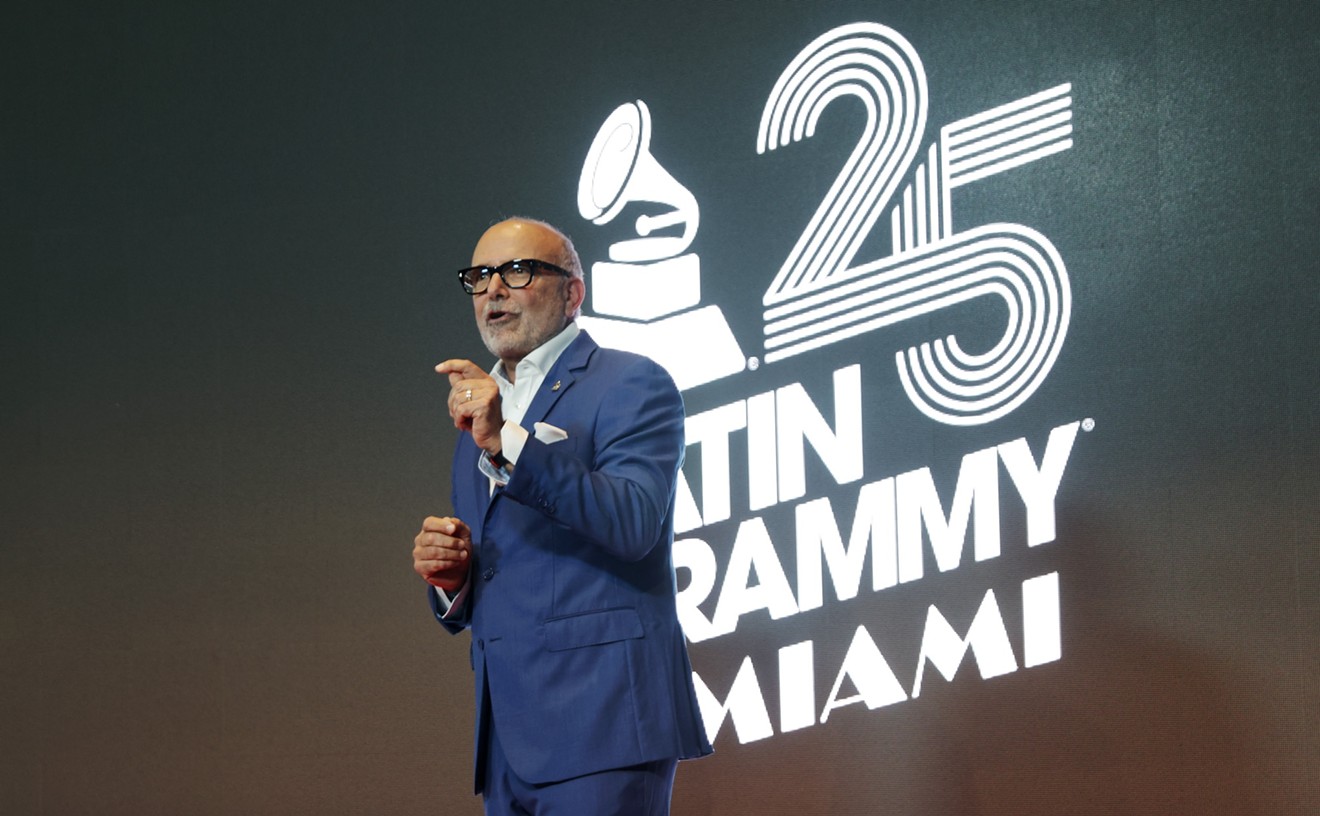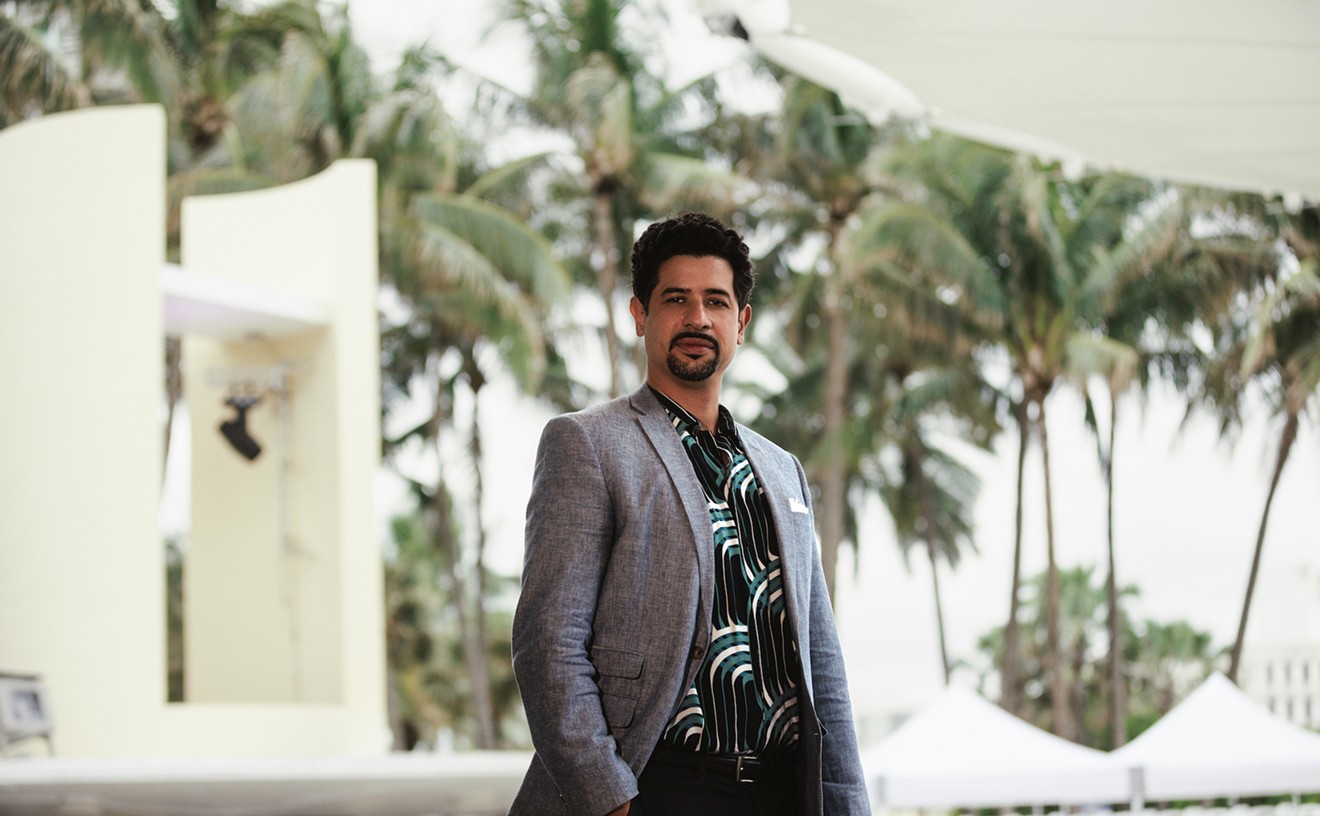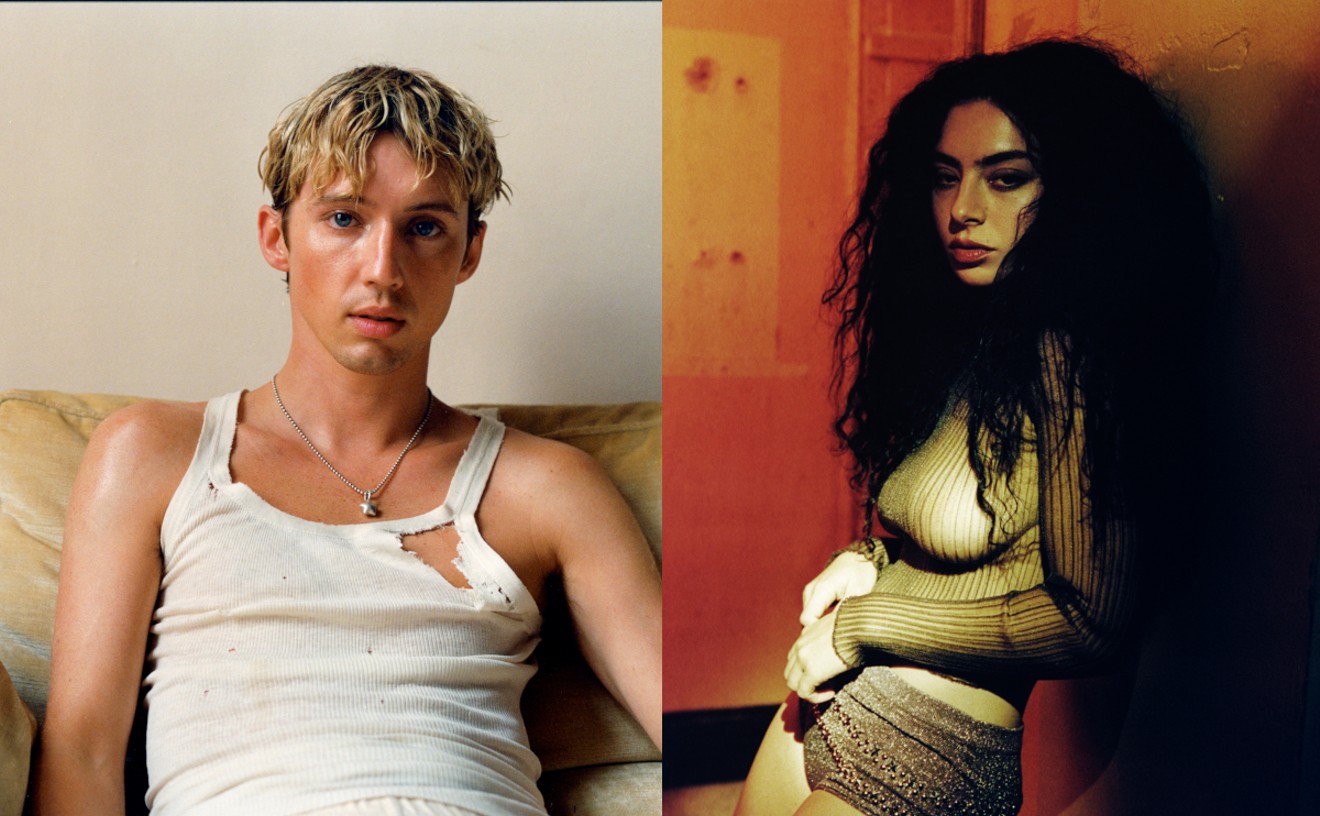This past year, Mute's domestic branch once again opened the Can vaults for those indie-rock archaeologists who might suspect that alternative music wasn't a concept created by Kurt Cobain. The group's first seven albums, along with two compilations, are once again available. And with alternative rock now a part of the commercial mainstream, perhaps more fans will be interested in digging a little deeper into the music's considerable past.
Although Can was no doubt a challenging unit, their music is much more accessible than its lack of popularity implies. If anything, the group actually put a friendly face on prog rock or, more specifically, its German strain, known as Krautrock. Whatever you call it, the genre tends to turn the stomachs of meat-and-potatoes rockers. But where art-obsessed English groups such as Yes and Emerson, Lake and Palmer lulled the Seventies to sleep with ornate but utterly grooveless reworkings of classical texts, Can kept rock-based repetition and rhythm at the forefront of their compositions. And though Krautrockers including Faust, Neu!, and Kraftwerk were occasionally guilty of producing some cold, emotionless music, Can consistently pursued the near-impossible task of injecting human spirit into even their most machinelike creations.
The group was formed in 1968 by bassist Holger Czukay and keyboardist Irmin Schmidt, both students of Stockhausen's who soon became interested in bringing their tutor's left-field musical ideas to rock- and jazz-based settings. Along with guitarist Michael Karoli, jazz drummer Jaki Liebezeit, and black American vocalist/painter Malcolm Mooney, the group released a single and recorded a slew of demos, which were eventually packaged in 1981 as Can Delay 1968. The album typifies Can's early sound: Mooney's gasping vocals offered meaningless imagery and sounded like a cross between an adenoidal Jimi Hendrix and a choked frog; Karoli explored the landscape of the guitar without straying far from his rhythmic responsibilities; Schmidt's organ roamed about in a psychedelic haze; and Czukay's bass throbbed steadily to Liebezeit's sharp and edgy drumming.
The band's official debut came in 1969 with Monster Movie, recorded in their private studio located in a Cologne castle. Much like the demos from 1968, the music flirted with the concepts of space rock, although the band's vision and delivery had been substantially refined. The opener, "Father Cannot Yell," sustained a linear tension, with bass and vocal hooks lending the song just enough heft. The twenty-minute epic "Yoo Doo Right" is even more impressive. It remains a classic example of what the band called "instant composition," a process wherein they sculpted and edited an extended improvisation into a cohesive but expansive and free-flowing song, with a tight, minimal funk groove steering the song on its course. It was a concept that allowed Can to make primal yet progressive and organic music -- music that grew naturally at first and developed structure later.
The 1970 release Soundtracks was a collection of the band's contributions to such low-budget and soft-core porn films as Deep End and Deadlock. Although the album was not constructed as a unified whole, it contained some of Can's most approachable music. "She Brings the Rain" was as close to pop as the band ever came, with the song boasting Mooney's Jim Morrison-esque vocals, plus some mellow, jazzy guitar stabs and bass runs. Before the album was completed, however, Mooney suffered a nervous breakdown and left the group to return to the U.S., where he resumed the quiet life of a painter. Soon thereafter in Munich, the remaining members happened upon a Japanese street musician named Damo Suzuki, and, deeming him sufficiently eccentric, invited him to join the band. He made his grand debut on "Mother Sky," a trippy epic on Soundtracks that featured nearly fifteen minutes of pulsating bass and pounding drums, each keeping time to a guitar freak-out. Even more so than Mooney, Suzuki blended his voice into the group's sound until it became just another instrument creeping out of the mix.
If Soundtracks captured Can at the group's acid-rock peak, the following album, Tago Mago, released in 1971, asserted the band's individuality and flirted with extreme sounds and structures. Although still groove-based -- but with fewer hooks than found on previous albums -- Tago Mago is alternately Can's most subtle and most radical recording. The 70-minute set, originally released as a double album, charts a descent into musical madness. After a relatively conventional first side, "Halleluwah" and "Aumgn" (the latter of which was named after an Aleister Crowley magic spell) filled sides two and three with trance-y rhythms that eventually degenerate first into dissonance, then sheer noise. Both "Aumgn" and "Peking O" showcase Czukay's early sonic experiments using tape recorders and radios as instruments -- a trick he'd learned from Stockhausen and Cage, and something he would further develop on later Can albums. Although Tago Mago is perhaps the group's most distinctive release, it fails when it strays too far from what we recognize as music.
Can's golden middle period kicked off in 1972 with Ege Bamyasi, their first U.S. release, which took a half-step back from the extremism of Tago Mago, offering instead the band's most cohesive and consciously organic work. Having hit its stride on such songs as "Vitamin C," "Soup," and "I'm So Green," Can settled back into a comfortable blend of surreal aural sketches and disciplined funk-based rhythms. The album even produced a European hit with "Spoon," which was used as the theme for a German TV show.
With 1973's Future Days, Can plunged deeply into an atmospheric sound. Synthesized pulsations, gull chirps, and watery rushes bathed such songs as "Spray," "Moonshake," and the twenty-minute "Bel Air" in a kind of spacy ether that precipitated the Moog-laden style of current groups such as Stereolab. With Suzuki leaving the group after Future Days to become a Jehovah's Witness, Karoli and Schmidt split what little vocal work appeared on 1974's Soon Over Babaluma, the last set in Mute's new series. Karoli also added a hefty dose of strings in songs such as the punchy "Dizzy, Dizzy" and "Splash," the latter a moment of free-jazz inspiration.
Can would release six more albums -- all currently out of print -- before disbanding in 1979: Landed (1975); Flow Motion and Unlimited Edition (both 1976); Saw Delight (1977); Out of Reach (1978); and Can (1979). A pair of compilations survey the group's output: Cannibalism 1 collects highlights from the current reissues; Cannibalism 2 draws from the deleted later sets, considered the band's weakest efforts, on which Czukay became more of a musical director than a player. In 1977, when former Traffic members Rosko Gee and Reebop Kwaku Baah joined on bass and percussion, respectively, the group lost its original flavor and focus, even venturing at times into disco. Before the original band reunited in 1989 for Rite Time, Czukay stayed busy collaborating with everyone from Eurythmics to Jah Wobble to David Sylvian to U2's the Edge, thus transmitting Can's legacy to a new generation of prog-inspired rockers who, in turn, have helped define the sounds we hear today. For modern-rock fans interested in those sounds, these Can reissues provide one more chance to visit the source.










